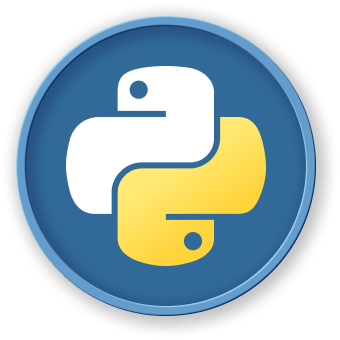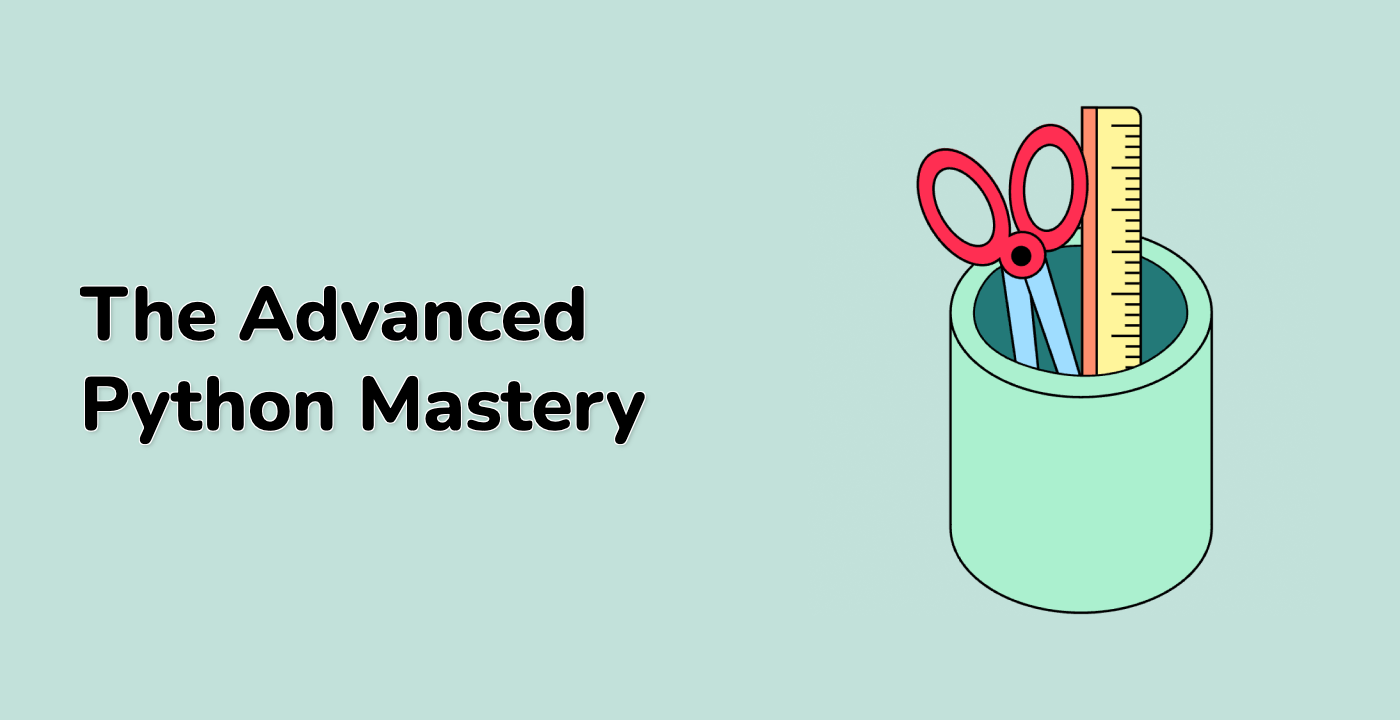Advanced Techniques
Context Management for Void Functions
Implementing Custom Context Managers
class ResourceManager:
def __init__(self, resource_name):
self.resource_name = resource_name
def __enter__(self):
print(f"Acquiring {self.resource_name}")
return self
def __exit__(self, exc_type, exc_value, traceback):
print(f"Releasing {self.resource_name}")
if exc_type:
print(f"An error occurred: {exc_type}")
def process_resource():
with ResourceManager("Database Connection"):
## Perform resource-intensive operations
print("Processing data")
Asynchronous Void Functions
Async/Await Pattern
import asyncio
async def background_task(task_id):
print(f"Starting background task {task_id}")
await asyncio.sleep(2) ## Simulate long-running operation
print(f"Completed background task {task_id}")
async def main():
tasks = [
background_task(i) for i in range(3)
]
await asyncio.gather(*tasks)
## Run the async function
asyncio.run(main())
Function Introspection and Modification
def add_logging(func):
def wrapper(*args, **kwargs):
print(f"Calling function: {func.__name__}")
print(f"Arguments: {args}, {kwargs}")
result = func(*args, **kwargs)
print(f"Function {func.__name__} completed")
return result
return wrapper
@add_logging
def complex_calculation(x, y):
## Perform complex calculation
pass
| Technique |
Description |
Use Case |
| Lazy Evaluation |
Defer computation until necessary |
Resource-intensive operations |
| Memoization |
Cache function results |
Repeated expensive computations |
| Generator Functions |
Yield results incrementally |
Memory-efficient processing |
Advanced Error Handling
graph TD
A[Error Handling] --> B[Graceful Degradation]
A --> C[Comprehensive Logging]
A --> D[Retry Mechanisms]
A --> E[Fallback Strategies]
Comprehensive Error Management
import functools
import logging
def retry(max_attempts=3, delay=1):
def decorator(func):
@functools.wraps(func)
def wrapper(*args, **kwargs):
attempts = 0
while attempts < max_attempts:
try:
return func(*args, **kwargs)
except Exception as e:
attempts += 1
logging.warning(f"Attempt {attempts} failed: {e}")
if attempts == max_attempts:
logging.error("Max attempts reached")
raise
return wrapper
return decorator
@retry(max_attempts=3)
def unreliable_operation():
## Simulated unreliable operation
import random
if random.random() < 0.7:
raise RuntimeError("Operation failed")
print("Operation successful")
Functional Programming Approaches
Partial Function Application
from functools import partial
def log_event(event_type, message):
print(f"[{event_type}] {message}")
## Create specialized logging functions
error_log = partial(log_event, "ERROR")
info_log = partial(log_event, "INFO")
error_log("Critical system failure")
info_log("System initialized")
Advanced Composition Techniques
Function Chaining and Composition
def compose(*functions):
def inner(arg):
result = arg
for func in reversed(functions):
result = func(result)
return result
return inner
def validate_input(x):
if not isinstance(x, int):
raise ValueError("Input must be an integer")
return x
def square(x):
return x ** 2
def log_result(x):
print(f"Result: {x}")
return x
## Compose functions
process = compose(log_result, square, validate_input)
process(5)
Key Takeaways for LabEx Developers
- Embrace advanced function design patterns
- Implement robust error handling
- Optimize performance strategically
- Utilize functional programming concepts
- Maintain code readability and maintainability
By mastering these advanced techniques, developers can create more sophisticated and efficient void functions in their Python projects.




